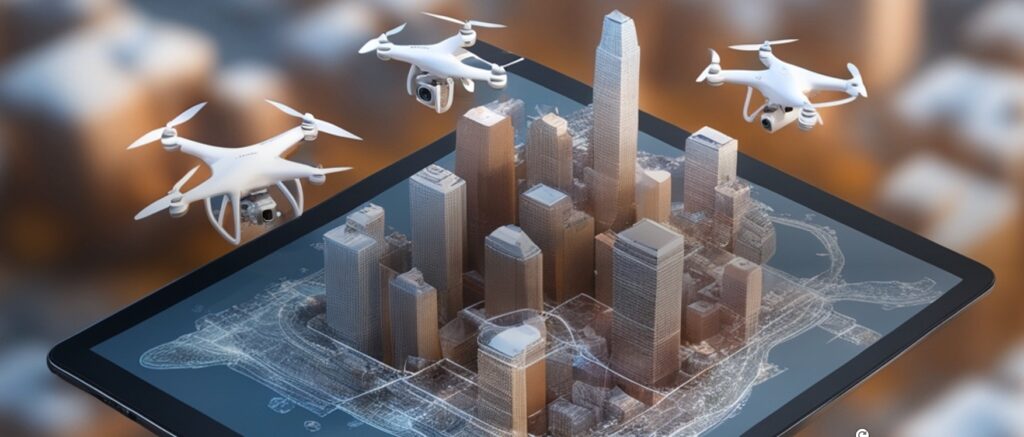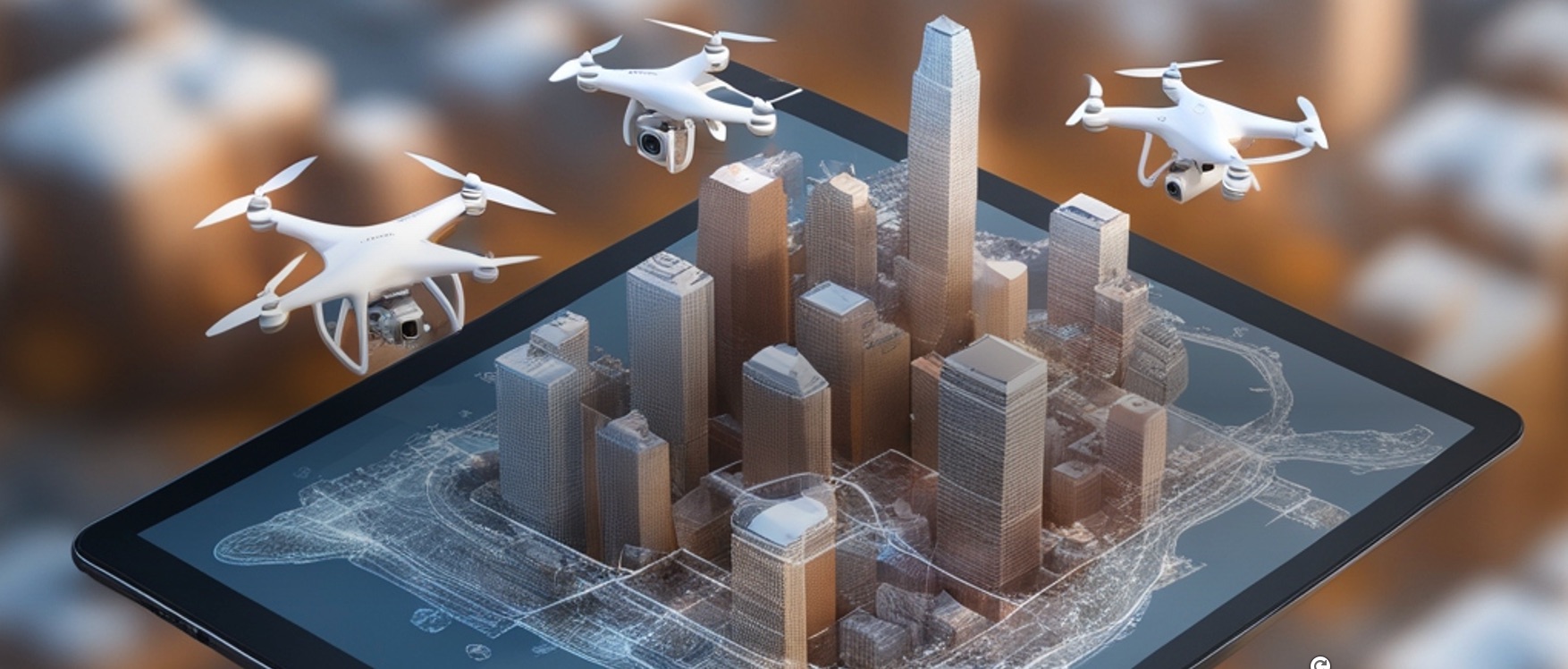
In recent years, the rapid advancement of drone technology has significantly transformed both military operations and public safety efforts. Drones, or unmanned aerial vehicles (UAVs), have revolutionized the way information is gathered, analyzed, and utilized, providing a critical edge in both conflict zones and disaster response scenarios. This shift is dramatically elevating informational superiority, enabling real-time decision-making and enhancing operational effectiveness.
Drones in Modern Warfare: A Game Changer
Drones have become indispensable assets in modern warfare, offering unparalleled capabilities in surveillance, reconnaissance, and precision strikes. Their ability to operate in dangerous or hard-to-reach areas makes them invaluable for military operations. Here’s how drones are redefining warfare:
- Enhanced Surveillance and Reconnaissance:
- Persistent Monitoring: Drones provide continuous, real-time surveillance over vast areas, allowing military forces to monitor enemy movements, supply routes, and strategic positions around the clock.
- High-Resolution Imaging: With advanced cameras and thermal imaging, drones capture detailed images and videos, even in low-light conditions, ensuring military commanders have the most accurate and up-to-date information.
- Real-Time Data Transmission:
- Instant Communication: Drones can relay real-time data to command centers, facilitating swift decision-making and response. This capability is crucial in fast-paced combat scenarios where timely information is vital.
- Networked Operations: By integrating multiple drones into a network, military forces can create a comprehensive and integrated battlefield view, enhancing situational awareness and coordination.
- Precision Strikes:
- Targeted Engagements: Armed drones can conduct precise strikes on high-value targets with minimal collateral damage. This reduces the risk to human soldiers and increases the effectiveness of military operations.
- Stealth Missions: Drones can operate covertly, carrying out missions without alerting the enemy, making them ideal for special operations and intelligence gathering.
- Cost-Effective Operations:
- Reduced Human Risk: Drones minimize the need for manned aircraft and ground patrols, decreasing the risk to human lives, especially in hostile environments.
- Economic Efficiency: Compared to traditional manned aircraft, drones are more cost-effective to deploy and maintain, allowing for sustained operations without significant financial strain.
Public Safety: Beyond the Battlefield
The applications of drones extend far beyond the military, playing a crucial role in enhancing public safety:
- Disaster Response:
- Rapid Assessment: In natural disasters like earthquakes, hurricanes, and floods, drones provide rapid aerial assessment, helping rescue teams identify areas of need, assess damage, and locate survivors quickly and efficiently.
- Resource Allocation: Drones offer real-time data that aids in coordinating effective response efforts and allocating resources where they are most needed.
- Law Enforcement:
- Surveillance and Monitoring: Police forces use drones for surveillance, crowd monitoring, and crime scene investigation. They offer a safer and more efficient way to gather information and monitor situations without putting officers at risk.
- Search and Rescue: Drones equipped with thermal cameras can locate missing persons in challenging terrains, speeding up search and rescue operations.
- Firefighting:
- Hotspot Identification: Drones equipped with thermal imaging can identify hotspots in wildfires, helping firefighters plan their approach and allocate resources more effectively.
- Real-Time Data: Drones provide real-time information on the spread of fires, enabling more informed decision-making and strategic planning.
Conclusion: The Future of Drones in Warfare and Public Safety
As drone technology continues to evolve, its impact on warfare and public safety is expected to grow even further. Innovations in artificial intelligence (AI) and machine learning will enable drones to autonomously analyze data, identify targets, and make real-time decisions. Additionally, the development of swarming technology, where multiple drones operate in a coordinated manner, promises to enhance their effectiveness and resilience.
In conclusion, the rise of drones represents a significant shift in the landscape of modern warfare and public safety. By providing enhanced surveillance, real-time data transmission, precision strikes, and cost-effective operations, drones are elevating informational superiority and transforming strategies. As we move forward, the continued integration of drones into both military and public safety operations will undoubtedly play a critical role in shaping the future, ensuring that those who master this technology will have a decisive edge in conflicts and emergencies alike.

